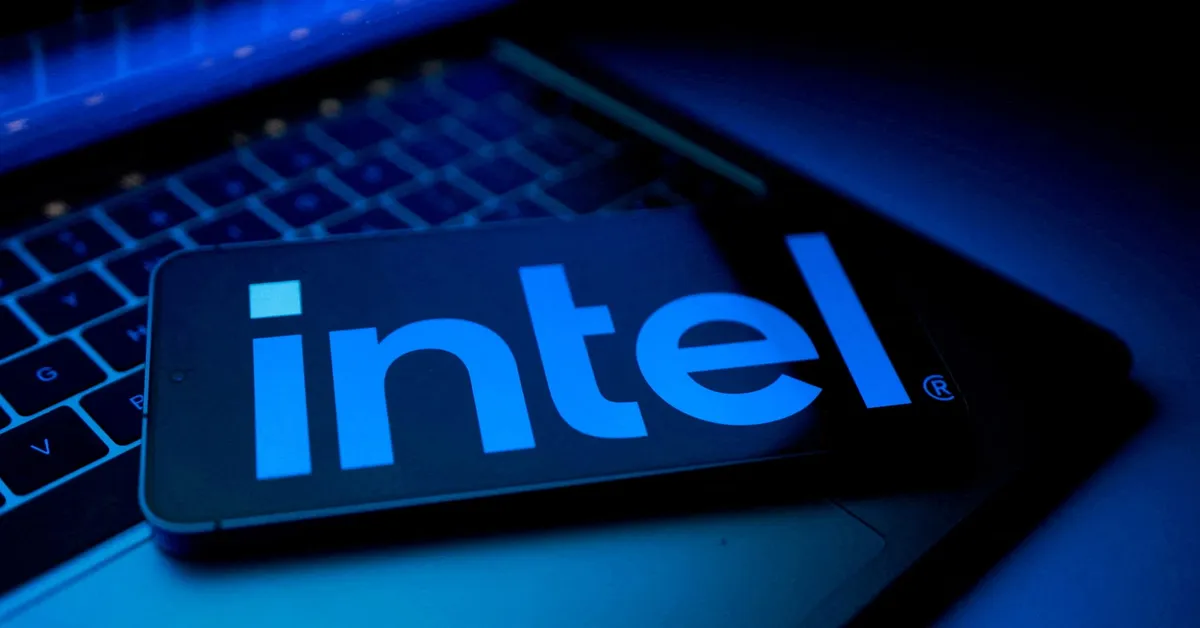
Intel (INTC.O) is set to unveil technical details about its upcoming Panther Lake chip designed for laptops on Thursday, a move that seeks to reassure investors about the company’s advancements in semiconductor technology. This new chip is significant as it will be the first product manufactured entirely using Intel's next-generation 18A manufacturing process, which has been in development for years at great expense.
The Panther Lake chips are categorized as high-end mobile processors, typically integrated into premium laptops. This launch marks a crucial step for Intel as these chips represent the first high-volume products utilizing the 18A process. This advanced manufacturing technique promises to enhance performance while reducing energy consumption, an essential factor in today’s tech landscape.
Intel claims that the Panther Lake chips will consume 30% less energy compared to their predecessors. Additionally, the graphics and central processing units are projected to deliver up to a 50% increase in data processing capabilities under certain conditions. This improvement is vital as Intel seeks to regain market share lost to competitors like Advanced Micro Devices (AMD) (AMD.O).
To highlight the significance of Panther Lake, Intel recently conducted extensive technical briefings and factory tours in Arizona for industry analysts. These sessions provided detailed insights into the chip's microarchitecture, including the newly redesigned AI engine and performance-efficient processor cores tailored for the 18A manufacturing process. The aim was to showcase Intel’s commitment to innovation and reassure stakeholders about its manufacturing capabilities.
Despite these advancements, Intel faces ongoing challenges. A previous generation laptop chip, known as Lunar Lake, was primarily produced by Intel’s rival, Taiwan Semiconductor Manufacturing Co (2330.TW). As Intel prepares for the Panther Lake launch, the company has experienced production hurdles that have impacted its market position.
Intel executives have indicated that Panther Lake chips will be available in early 2026. The success of this chip is vital for Intel, especially following a reported loss of $2.9 billion in the second quarter of the year. Furthermore, the company has acknowledged that without securing a customer for its anticipated 14A manufacturing process, it may have to pause development efforts.
In light of recent challenges, Intel has attracted investments from notable companies, including SoftBank Group (9984.T) and Nvidia (NVDA.O). These investments were part of a deal that transformed a CHIPS Act grant into a significant equity stake in the company, following high-profile meetings involving U.S. officials.
As part of the recent briefings, Intel showcased its manufacturing facility, known as Fab 52, which is designed to support the production of Panther Lake chips. This facility, which broke ground in 2021, is integral to Intel’s multi-billion dollar strategy to enhance its competitive edge against TSMC in the contract manufacturing sector. Fab 52 incorporates cutting-edge technology, including a novel transistor design and improved energy delivery methods.
Despite the excitement surrounding Panther Lake, Intel did not disclose specific details about current production yields, which were previously reported at around 10%, an improvement from 5% late last year. As the company prepares for the future, the success of Panther Lake will be critical in determining its market trajectory in the semiconductor industry.
Reporting by Max A. Cherney in San Francisco; Editing by Matthew Lewis. Cherney, who specializes in the semiconductor and AI sectors, joined Reuters in 2023 after his tenure with Barron’s and MarketWatch.